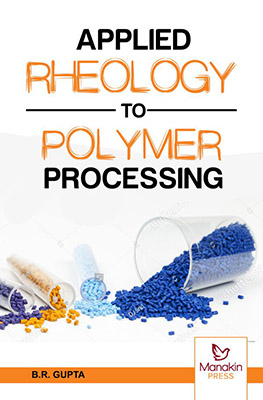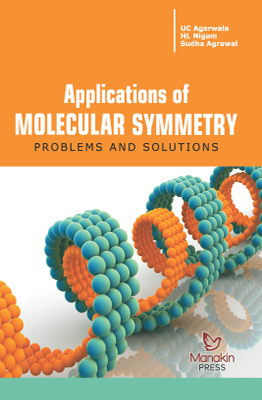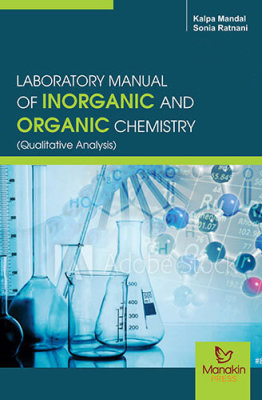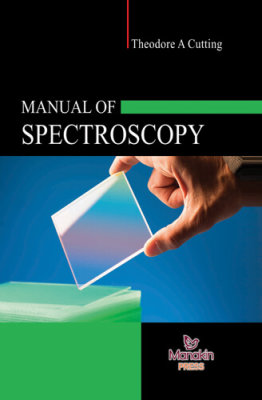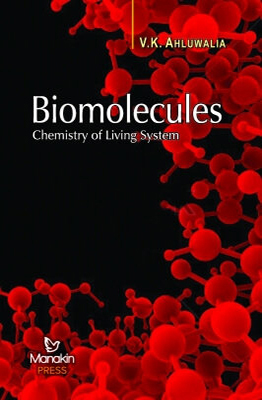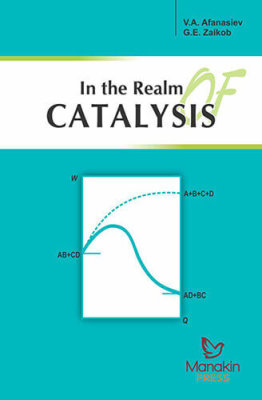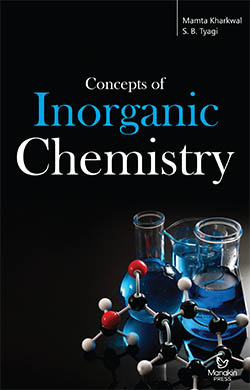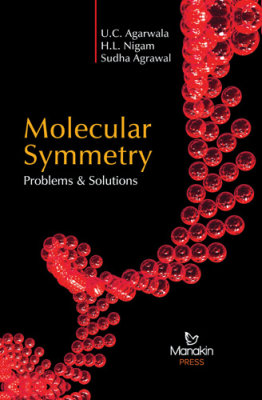B.R. Gupta | Category: ChemistryBook Details
ISBN: 9789386677969
YOP: 2019
Pages: 400
About the Book
The book covers a wide range of topics in polymer rheology. These are: Basic Principles, parameters, systems and applied mathematical models used in the rheological studies;
Melt flow analysis of different non-Newtonian fluids in laminar flow , transition between laminar and turbulent flow and modified Reynoldsnumberetc.; The effects of different physical and molecular parameters on purely viscous rheological response of polymer melts and solutions.; Principles of rheometery and different types of viscometers and on-line rheometers.; The static and dynamic viscoelastic response of the polymer melts and solutions, viscoelasticity, mechanical models and Boltzmann superposition principle.; Molecular structure –viscoelasticity relationship and linear and non-linear viscoelasticity.; Effects of different processes, materials parameters like temperature, fillers (micro and nano-fillers) and molecular parameters like MW,MWDetc.; The role of rheology in polymer processing in different equipment.; Agoodnumberof solved examples and exercise problems.; Modified power law constants and two range power law constants for a large number of polymers, rheology software programin Java, comparison of different polymer; rheological models using the rheology software and answers to the problems.

